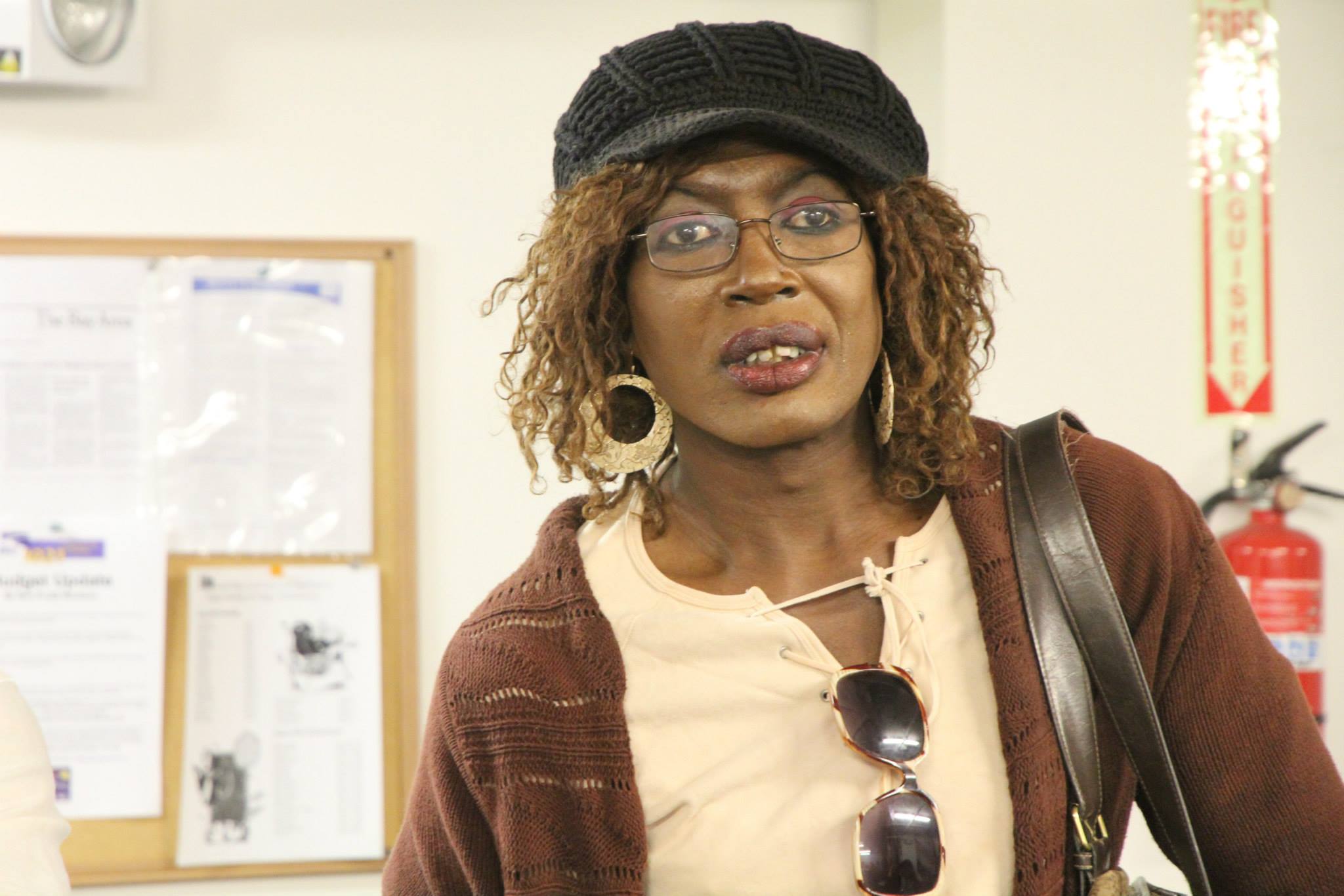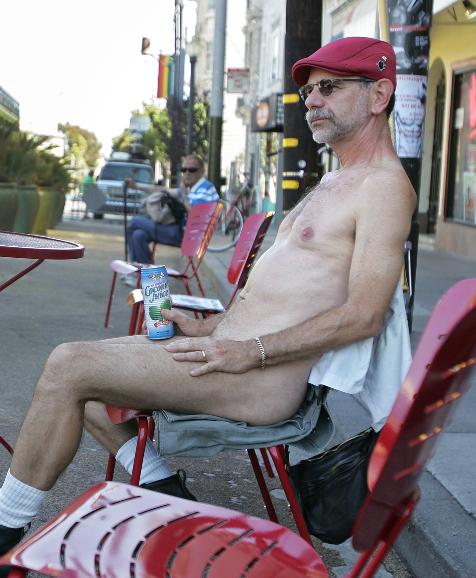news@sfbg.com
With a 2010 state proposition on gay marriage in the works and a national gay rally on the Washington Mall being planned for October 10-11 of that year, it’s obvious that more and more of the LGBT community’s resources are being funneled into the battle for marriage equality, while other causes go begging.
Already gay marriage has become a black hole that is sucking untold amounts of money, time, and energy out of our community. In the 2008 election alone, gay marriage supporters raised $43.3 million to defeat Proposition 8, the anti-gay marriage initiative that California voters passed by 52 percent. It may be the biggest chunk of change the community has ever spent for a single fight.
A QUESTION OF PRIORITIES
I’m not against gay marriage. If queer couples want to be as miserable as straight ones, that’s their choice. Marriage is a failed institution. With a 54.8 percent divorce rate nationally and a 60 percent rate here in California, there’s no doubt in my mind that heterosexual "wedded bliss" is more of an oxymoron than a reality.
What’s troubling to me as a queer activist of almost 40 years (much of that time spent on economic justice work) is that, with the tremendous amount of homelessness, poverty, and unemployment in our community, we are spending so much dough on the fight to give a minority of folks — those who opt for tying the knot — rights and privileges that straight married folks have.
Sure, it’s unfair that married straights get tax breaks, not to mention the status of next-of-kin for hospital visits and medical decisions when one partner is ill, and queers don’t. Altogether, married couples have 1,400 benefits, both state and federal, that domestic partners and single people don’t enjoy. It’s a matter of simple justice that the playing field be leveled. Only a right-wing idiot could disagree with that. Now, if only we could fight to give everyone (including singles) those 1,400 benefits.
For me it’s a question of priorities. We are living in scary times. Unemployment is sky-high; millions are without healthcare, including children; foreclosures are robbing homeowners and tenants alike of their housing; and business collapses are leaving a lot of people out in the cold and unable to pay the rent or the mortgage.
DINKS NO MORE
The queer community is no better off.
It’s a popular misconception that queers have a lot of disposable income. The "double income, no kids" (DINK) myth was promoted in the 1980s by gay publishers who wanted to expand their advertising base and their profits. These days, to read many gay publications, you’d think that all queers are going on fabulous vacations and buying expensive clothes, jewelry, and electronic gizmos.
That myth was easily dispelled by a recent study, "Poverty in the Lesbian, Gay and Bisexual Community," published this March by the Williams Institute at UCLA. Like "Income Inflation: the myth of affluence among gay, lesbian, and bisexual Americans," the groundbreaking 1998 study by M.V. Lee Badgett of the Department of Economics at the University of Massachusetts at Amherst, the Williams report found that many members of our community aren’t shopping ’til they drop. They can barely afford to put food on the table.
Nationally, 24 percent of lesbians and bisexual women are poor compared to 19 percent of heterosexual women; 15 percent of gay and bisexual men are poor compared to 13 percent of heterosexual men.
Queers aren’t just low on cash — we’re homeless, too. A 2006 report, "Lesbian, Gay, Bisexual and Transgender Youth: An Epidemic of Homelessness" from the National Lesbian and Gay Task Force and the National Coalition on Homelessness, showed that 20 percent to 40 percent of the 1.6 million homeless youth in America identify as LGBT. In San Francisco, the number of queers in the homeless youth population (estimated at 4,000 by the Mayor’s Office) is "roughly 44 percent," according to Dr. Mike Toohey of the Homeless Youth Alliance in the Haight.
Brian Basinger of the AIDS Housing Alliance says that 40 percent of people with HIV/AIDS, in the city once acclaimed for its care of those with the disease, are either "unstably housed or are homeless." In the Castro, Basinger said, there are only "12 dedicated HOPWA beds" for people with the disease. HOPWA (Housing Opportunities for People with AIDS) is a federal voucher program for low-income people with AIDS that is similar to federal housing assistance program Section 8.
Certain members of our community don’t fare much better in the area of employment. A 2006 survey by the Guardian and the Transgender Law Center reported that 75 percent of transgender people are not employed full-time, and 59 percent make less than $15,299 a year. A mere 4 percent of respondents earned more than $61,200, the then-median income average for San Francisco.
Fifty-seven percent of trangendered people said they suffered employment discrimination, demonstrating the need for the inclusion of "gender identity" in the federal Employment Non-discrimination Act. Human Rights Campaign, a national gay organization, and out Congress member Barney Frank (D-Mass.) cut transgenders out of that legislation the last time it was up before Congress.
It could all get a whole lot worse.
AXING THE FUTURE
Gov. Arnold Schwarzenegger wants to lop at least $81 million from California’s AIDS budget, including money for AIDS drugs, leaving low-income people stranded without their medication. Senior services are also on his cutting block, including $230.8 million from in-home services and $117 million from adult health-care programs. (As we go to press, the state Legislature is working to restore the AIDS money to the budget.)
Mayor Gavin Newsom, in his proposed city budget cuts, is axing $128.4 million from public health and $15.9 million from human services. There’s no doubt these cuts in health and human services will severely affect people with AIDS, seniors, youth, the homeless, and others in our community who can least afford to pay for the city’s budget shortfall.
The millions spent on gay marriage in the past few years could have gone a long way in these lean times. It could have helped make the proposed queer senior housing project, Open House, a reality. With 88 units in the works at 55 Laguna St., the site of the old UC extension, it will be the only such housing for LGBT seniors in San Francisco.
The money also could have funded housing in the Castro for homeless queer youth or people with AIDS. It could have been used as seed money for a much-needed war against poverty in the LGBT community.
A DIFFERENT KIND OF LIBERATION
The queer movement hasn’t always been this obsessed about getting hitched. Forty years ago this week, drag queens and others fought back against the cops who were raiding a gay bar called the Stonewall Inn in New York City’s West Village. Three days of protests led to the creation of the Gay Liberation Front (GLF), a revolutionary group dedicated to the sexual liberation of all people. GLFers weren’t looking to walk down the aisle or form binary couples. In a desire to "abolish existing social institutions," as the NYC branch of GLF said in its statement of purpose, some GLFers explored polyamory (more than one relationship at a time).
That’s why I edited Smash the Church, Smash the State! The Early Years of Gay Liberation, just published by City Lights Books, a collection of writings by former GLF members and other gay liberationists. I wanted to commemorate the 40th anniversary of Stonewall and the birth of GLF with a reminder of who we were and what we did. After all these years, I still don’t want to head to the chapel to get married.
When it really comes down to it, gay marriage is a conservative issue. It’s about wanting to fit in, to be like everyone else. Beyond the important issues of tax breaks and next-of-kin status — and the fact that if any institution exists, it shouldn’t discriminate against queers — marriage is ultimately a means of normalizing binary queer relationships, especially for gay men who have always enjoyed the freedom to be promiscuous. It’s a way to try and rein in our libidos, though the prevalence of extramarital sex among straight couples — 50 percent for women, 60 percent for men, according to a recent issue of Journal of Couple and Relationship Therapy — shows that marriage doesn’t come with a chastity belt.
It also doesn’t come with any guarantees, as researchers discovered in Sweden, where queers were able to contract for same-sex partnerships from 1995 until recently, when full same-sex marriage was instituted. According to a study by the Institute for Marriage and Public Policy, Swedish queers have been divorcing in high numbers, like their straight counterparts, who have a divorce rate that’s just a little higher than the United States.
For queers in Sweden, that’s the price of being normal.
Tommi Avicolli Mecca, who has been a queer activist since he was involved with the Gay Liberation Front at Temple University in Philadelphia in the early 1970s, is editor of Smash the Church, Smash the State! The Early Years of Gay Liberation (City Lights Books).




